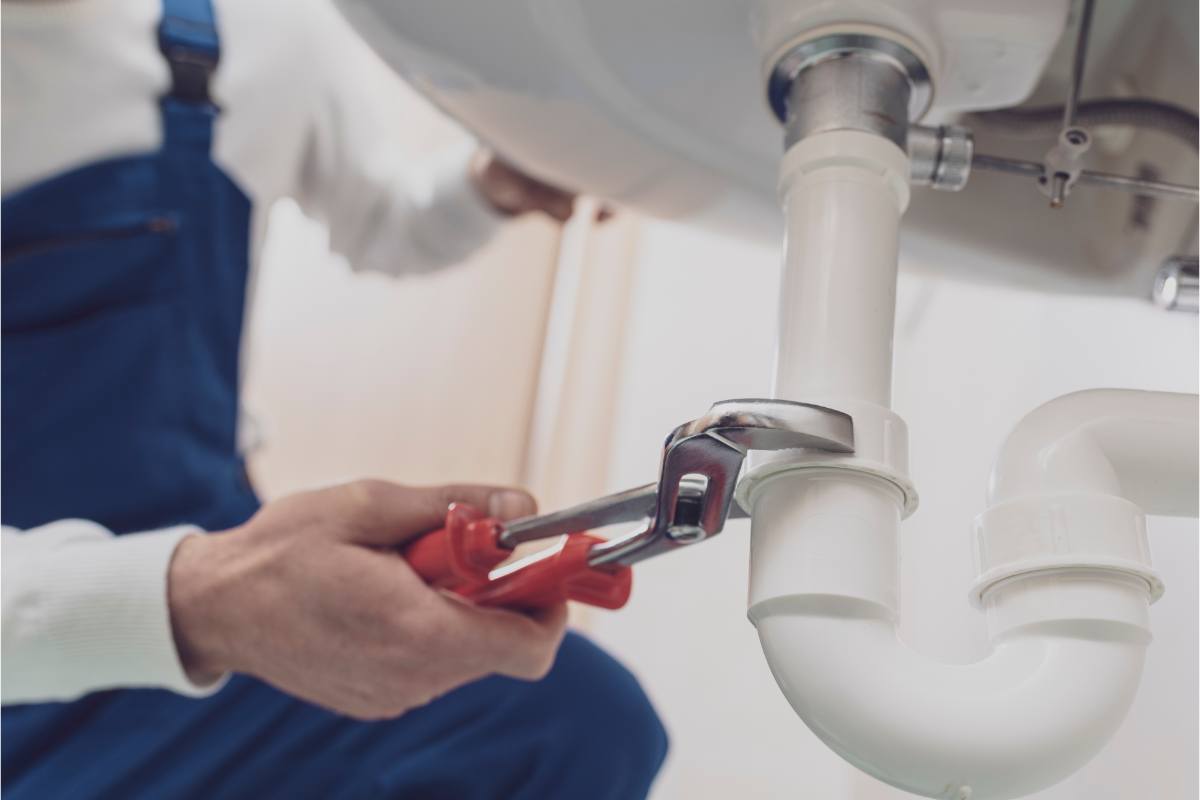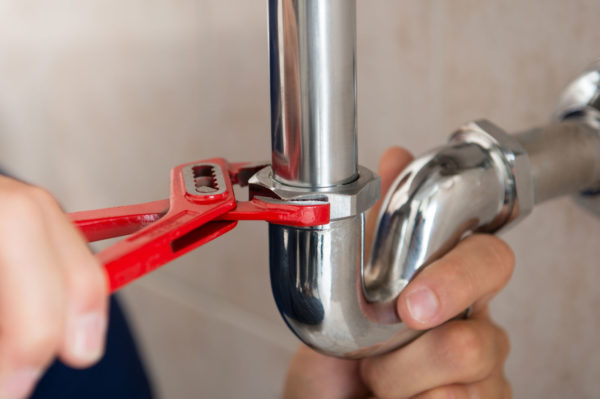Strategies to Stop Common Plumbing Issues in Your Home
Strategies to Stop Common Plumbing Issues in Your Home
Blog Article
They are making a number of great points related to Common Plumbing Problems and How to Prevent Them in general in this post which follows.

Introduction
Keeping a functional plumbing system is crucial for a comfortable home. By taking safety nets, you can stay clear of common plumbing problems that may disrupt your life and sustain expensive repair services.
Display Water Stress
Watch on your water pressure to avoid tension on your pipelines and appliances. High water stress can cause leakages and damages in time. Consider installing a pressure regulator to preserve optimal water pressure throughout your home.
Enlighten Family Members
Inform everyone in your household about correct plumbing practices. Educate them what ought to and should not be flushed or disposed of down the tubes to stop avoidable plumbing issues.
Secure Pipes from Cold
Throughout winter, take steps to stop your pipes from freezing. Protect subjected pipelines, specifically those in unheated locations like cellars and attic rooms. Permit taps to trickle throughout freezing temperature levels to stop water from cold in the pipelines.
Address Leaks Immediately
Address any kind of leakages or leaks as soon as you discover them. Even small leakages can waste water and trigger damage to your home over time. Tighten up loosened fittings or change damaged seals to prevent leakages from getting worse.
Normal Upkeep Checks
Routinely inspecting your plumbing system is essential for determining possible concerns before they escalate. Examine pipelines, faucets, bathrooms, and appliances for leakages, deterioration, or indications of wear and tear.
See What You Flush
Bear in mind what you flush down your commodes. Prevent flushing things such as wipes, cotton spheres, sanitary products, and paper towels, as these can cause blockages and back-ups in your pipelines.
Proper Disposal of Grease and Food Waste
Dispose of oil, oils, and food scraps correctly to avoid buildup in your pipelines. Avoid pouring grease away, as it can strengthen and cause blockages. Utilize a strainer in your kitchen area sink to capture food bits and vacant it regularly.
Be Gentle with Plumbing Components
Stay clear of making use of too much pressure when operating plumbing components such as taps and valves. Rough handling can cause wear and tear, leading to leakages and various other malfunctions.
Regular Drain Cleansing
Arrange regular drainpipe cleansing to prevent build-up of hair, soap residue, and other particles. Make use of a drain serpent or chemical cleaner to remove obstructions and keep smooth water drainage.
Install Water Softeners
Take into consideration setting up a water conditioner if you have hard water. Difficult water can create mineral accumulation in your pipelines and appliances, causing reduced water flow and performance.
Conclusion
Preventing common plumbing issues in your house needs diligence and normal upkeep. By complying with these safety nets, you can make certain that your plumbing system operates smoothly and prevent pricey repairs in the future.
Expert Tips for Preventing Common Plumbing Issues
Keep Drains Clear and Functional
Regularly clean drain covers and hair-catching devices to eliminate debris and prevent buildup. Avoid disposing of grease, oil, or coffee grounds down your drains, as they can congeal and accumulate over time, creating obstructions. Consider using a biodegradable drain cleaner periodically to break down organic matter and maintain clear pipes. Prevent and Identify Leaks Early
Regularly inspect visible plumbing connections, pipes, and fixtures for signs of moisture or corrosion. Fix loose connections or replace damaged components as needed. Install water leak sensors in high-risk areas such as under sinks, near water heaters, and around washing machines to provide early warning of potential leaks. Monitor your water bill for sudden increases in usage, which may indicate a hidden water leak. Protect Plumbing from Freezing Temperatures
Allow faucets to drip slightly during extremely cold weather to prevent freezing and pressure buildup inside the pipes. Seal gaps and openings in walls, doors, and windows near plumbing to prevent drafts from reaching your pipes. Maintain Optimal Water Heater Performance
Schedule annual professional maintenance of your water heater, including checking pressure-relief valves, flushing sediment buildup, and inspecting for corrosion or leaks. Maintain the manufacturer-recommended temperature setting, typically around 120°F (49°C), to optimize energy efficiency and prevent scalding. Consider installing an expansion tank in your system if you have a closed-loop water supply, which prevents excessive pressure buildup and potential water heater failure. https://www.climatecontrolkc.com/blog/plumbing/tips-for-preventing-plumbing-issues/

Do you enjoy more info about 6 Common Plumbing Problems and How to Fix Them? Leave a remark down below. We would be pleased to hear your thinking about this blog entry. Hoping to see you back again later on. If you please pause to promote this write-up if you enjoyed reading it. Many thanks for taking the time to read it.
Book Report this page